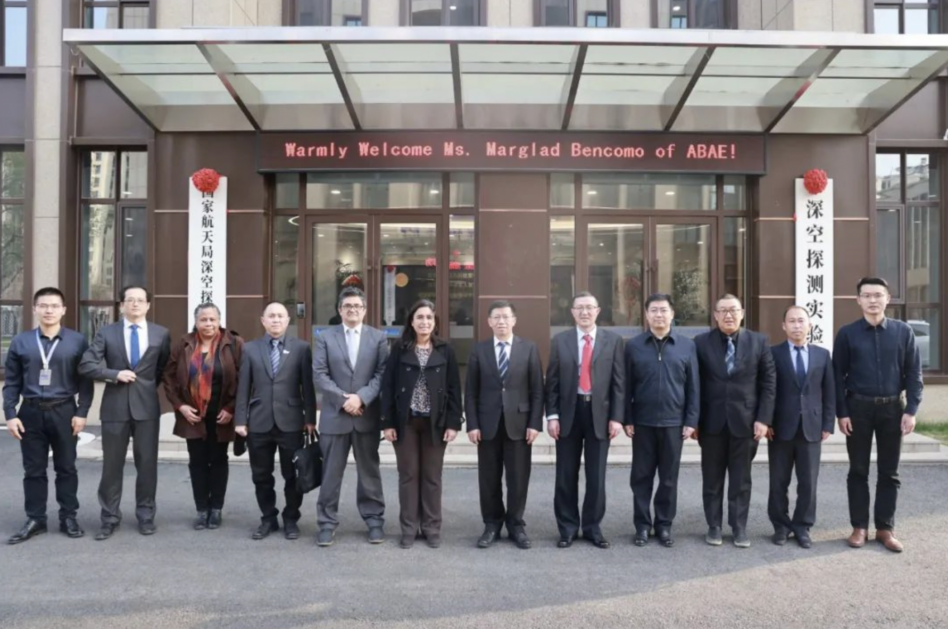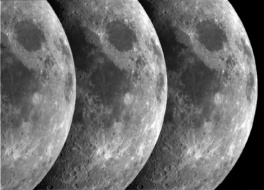Beijing is working to shore up international support for its joint lunar program with Russia, and has asked Venezuela to become the first partner on its planned Moon base.
The head of Venezuela’s space agency met with Chinese officials last week and voiced support for signing an MoU promoting the construction of the International Lunar Research Station.
The visit was detailed in a statement from China’s Deep Space Exploration Laboratory and first reported by SpaceNews.
The International Lunar Research Station
In June 2021, Russia and China announced the formation of the ILRS, with the goal of building a permanent scientific base on the Moon by the middle of 2035. The complex construction project is split into three phases:
- Stage 1 (present-2025): Conduct uncrewed reconnaissance missions to the lunar surface
- Stage 2 (2026-2030): Commence large-scale cargo delivery
- Stage 3 (2031-2035): Establish lunar communication, energy, technology, and transportation ahead of a permanent crewed presence
China is already investing large sums in the project. Earlier this year, China unveiled designs for its new lunar lander, which aims to transport Chinese astronauts to the lunar surface around 2030.
Searching for sign-ons: China and Russia are calling upon international partners to participate—and help fund the expensive missions. However, China and Russia’s standing on the world stage has made finding willing partners a challenge. If Venezuela follows through with signing the pact, they will be the first partner country to join the ILRS.
Artemis vs. ILRS: A dual-track to the Moon has emerged between the China-Russia ILRS and the US-led Artemis program, which aims to establish a permanent lunar base by 2030. But, while the ILRS is still searching for its first sign-on, the Artemis Accords have already secured participation and funding from 23 partner countries.




